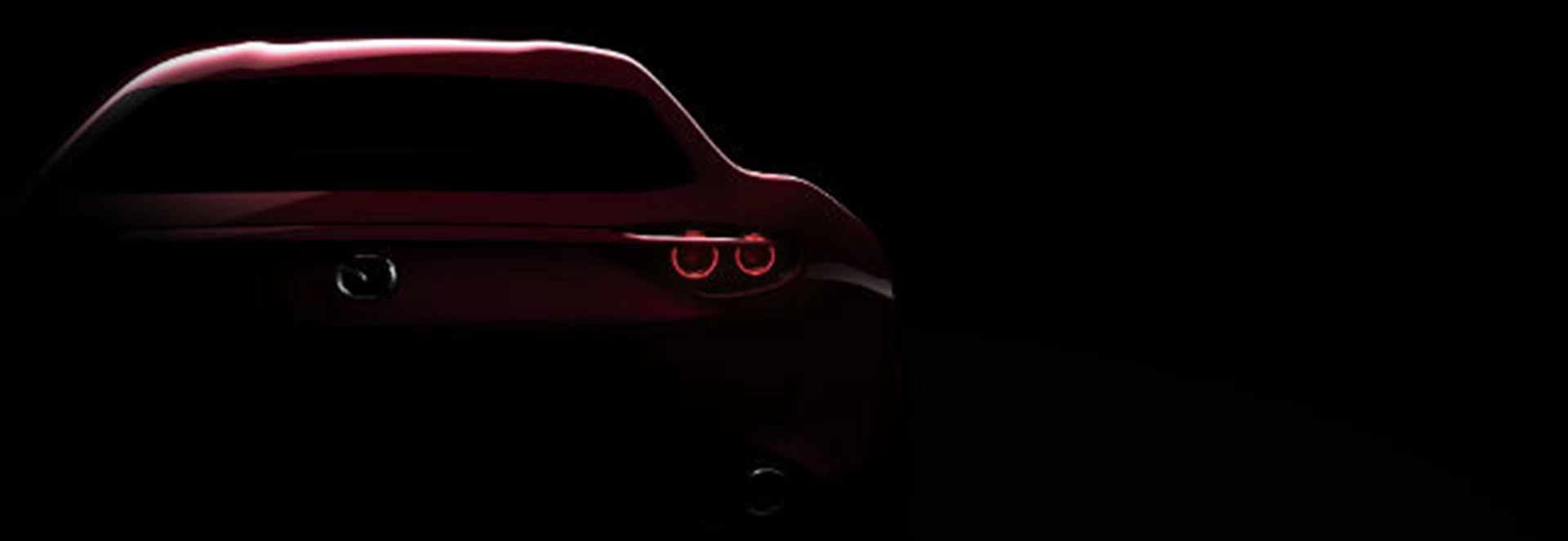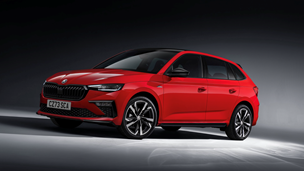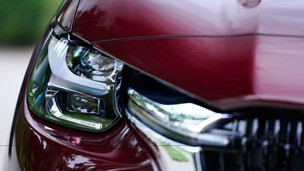There are few engines made that are as wonderfully visceral as the Wankel rotary engine. With a singing, free-revving characteristic and a power-to-weight ratio that produces an absurd amount of horsepower for its size, the rotary has gathered more than its fair share of fans.
It’s also archaic in the way that older vehicles and technologies often are. As a result it’s a little hard to envision exactly where its place is in a modern era dominated by ultra-efficient turbo engines and hybrid powertrains.
Still, rotaries are what made Mazda, in cars like the 1968 Cosmo-Sport and the 1984 RX-7, along with the second-generation RX-7 and the RX-8 in the early 2000s.
Each packed a rotary under the bonnet and, as Mazda constantly likes to remind people, it was something that absolutely no other car manufacturer could offer. Not that others hadn’t tried; Nissan, General Motors, Toyota and Ford all tossed heavy investment into rotary powertrains, but none succeeded.
So why is it that Mazda keeps talking about an anachronistic technology, designed by a fervent Nazi and infamous for its low efficiency and high emissions? Because Mazda’s vowed to bring it back in the flashiest way possible, that’s why.
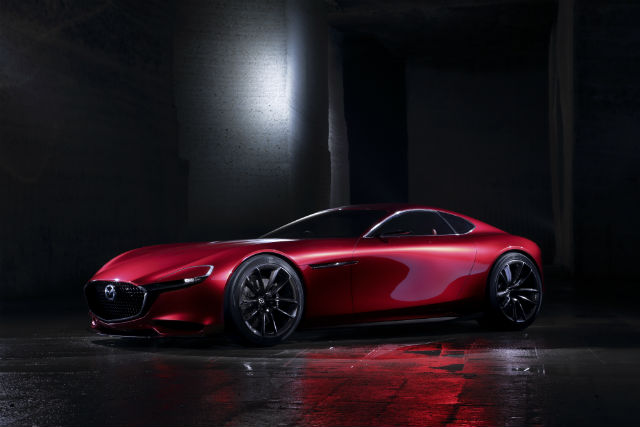
Last month, at the Tokyo Motor Show, the manufacturer revealed its stunning RX-Vision concept car, powered by a new version of the rotary engine and which Mazda said explicitly states the company’s plans for the future.
As cool as it looks though, it’s hard not to ask what the point is. In order to understand the incalculable importance of the rotary engine to Mazda’s future, it’s first important to understand its place in the company’s past.
Following the Empire of Japan’s surrender at the end of World War II, the surviving government decided to consolidate a grand total of 10 automotive manufacturers into three umbrella companies in order to strengthen the country’s economy.
The idea was to eliminate competition in the Japanese domestic market. Hino, Isuzu and Prince would concentrate on trucks; Honda, Daihatsu, Subaru and Suzuki would work together to focus on cars.
Finally, Nissan, Toyota and Mazda would also merge, and Mazda’s then-president Tsuneji Matsuda figured that his small company would have to take drastic action to maintain its independence.
In order to maintain Mazda’s identity among its peers, Matsuda turned to the rotary engine developed by German engineer Felix Wankel. A potentially revolutionary technology, the Wankel engine traded in the traditional combustion engine’s reciprocating pistons in favour of a triangular rotor that revolves in an ellipsis.
Converting combustion pressure into a rotating motion, the rotary engine could run at very high revolutions and also generate more power per litre than traditional piston engines. Powerful and compact, the Wankel was a promising piece of kit for an industry that specialised in small cars for city commuting.
By May 1967, the Cosmo-Sport hit showrooms and within a decade Mazda’s sales had grown tenfold, from 41,000 vehicles sold a year to upwards of 400,000. Employee numbers swelled from under 4,500 to over 21,000 and the company sold more than a million RX-7 and RX-8 sports cars between 1978 and 2012.
A fundamental part of Mazda’s history, you can hardly sneak to the bathroom at the company’s Hiroshima plant without somebody reminding you about the importance of the Wankel engine to its success.
As a result, Mazda is now hedging its bets, and its future, on the rotary engine. But just because it saved the company from post-war doom, will it be able to repeat its success in this century?
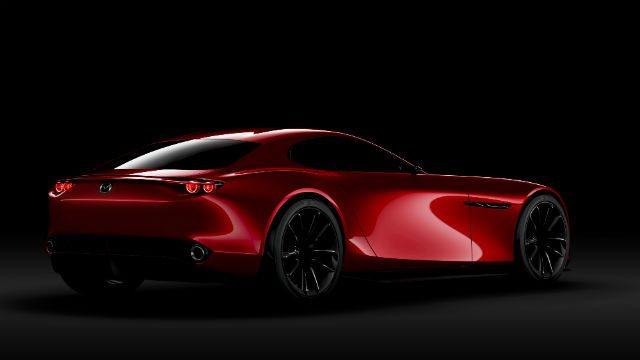
The last RX-8 rolled off the Hiroshima line in 2012, with its rotary engine forced into retirement by increasingly stringent global environmental regulations. Thanks to the Wankel’s design, with its large combustion chamber, it burns a lot more fuel and produces more CO2 emissions than most conventional reciprocating engine.
On the combined cycle, the RX-8 managed a paltry 19mpg, and despite considerable investment on Mazda’s behalf, engineers just couldn’t meet emissions expectations. So what’s changed since?
There is one way that the rotary engine could make a lot more sense, and luckily it’s one that the automotive industry is currently moving towards at full speed: hydrogen.
While hydrogen-powered vehicles typically work via hydrogen fuel cells that combine hydrogen and oxygen to generate electricity, a rotary engine can run on pure hydrogen with relatively few modifications.
Differences in performance are almost imperceptible, and there are no carbon emissions either. What’s more is that Mazda has already developed several working hydrogen rotary engines, even as far back as 2003.
The RX-8 Hydrogen RE concept unveiled at the Tokyo Motor Show in 2003 ran a dual-fuel Wankel engine that could be powered by either petrol or by hydrogen, with drivers able to switch between them at the flick of a switch.
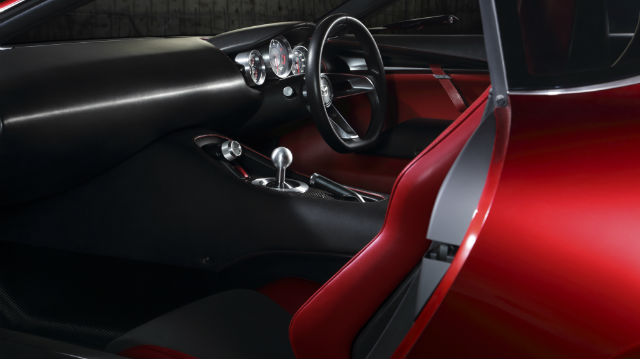
As well as that, the manufacturer also designed a hybrid car that used a rotary engine that ran on hydrogen as a generator for an electric motor, raising the possibility of a rotary-powered hybrid or range extender.
A battery-powered electric car, with a hydrogen-fuelled rotary engine to extend its range, would fit Mazda’s heritage and also offer the prospect of a zero emission, alternative energy future.
Of course, hydrogen has its problems. The infrastructure for producing and distributing pure hydrogen fuel is virtually non-existent, and despite promises from governments and manufacturers to improve this, progress is slow.
Still, even run on conventional petrol, a rotary is better suited to being a range extender than a conventional engine thanks to its high efficiency at low, constant engine speeds – exactly how a generator runs.
An electrified Mazda2 hatchback from the 2013 Tokyo show even used a tiny 330cc rotary to extend its range by 124 miles.
Yet in spite of the rotary engine’s promise as a range extender, Mazda has made it clear that that isn’t how it intends the engine to return. Kiyoshi Fujiwara, Mazda’s managing executive officer, said: “I want to introduce a new rotary without electrification first. If I introduce it with both, people will say electrification helped the rotary engine.”
It’s on the back of such a statement that the RX-Vision concept was introduced, with Mazda’s CEo Masamichi Kogai declaring: “This car embodies Mazda’s vision for the future.”
With its low-slung bonnet, massive wheels and razor-thin LED headlamps, Mazda’s design team reportedly didn’t consider any real-world restrictions, like safety or mechanical limitations when drawing it up.
As a result, it’s quite fitting that the RX-Vision is so utterly fantastical, because it’s hard not to wonder just how much Mazda’s commitment to keeping the rotary powertrain alive is grounded in reality.
All the same, it’s unquestionable that the manufacturer’s commitment to being different is anything but completely respectable. There’s a lot to be said for being the lone zig in a world of zags, or for betting on yourself instead of chasing trends, and it’s with baited breath that the next rotary-powered Mazda is awaited.
